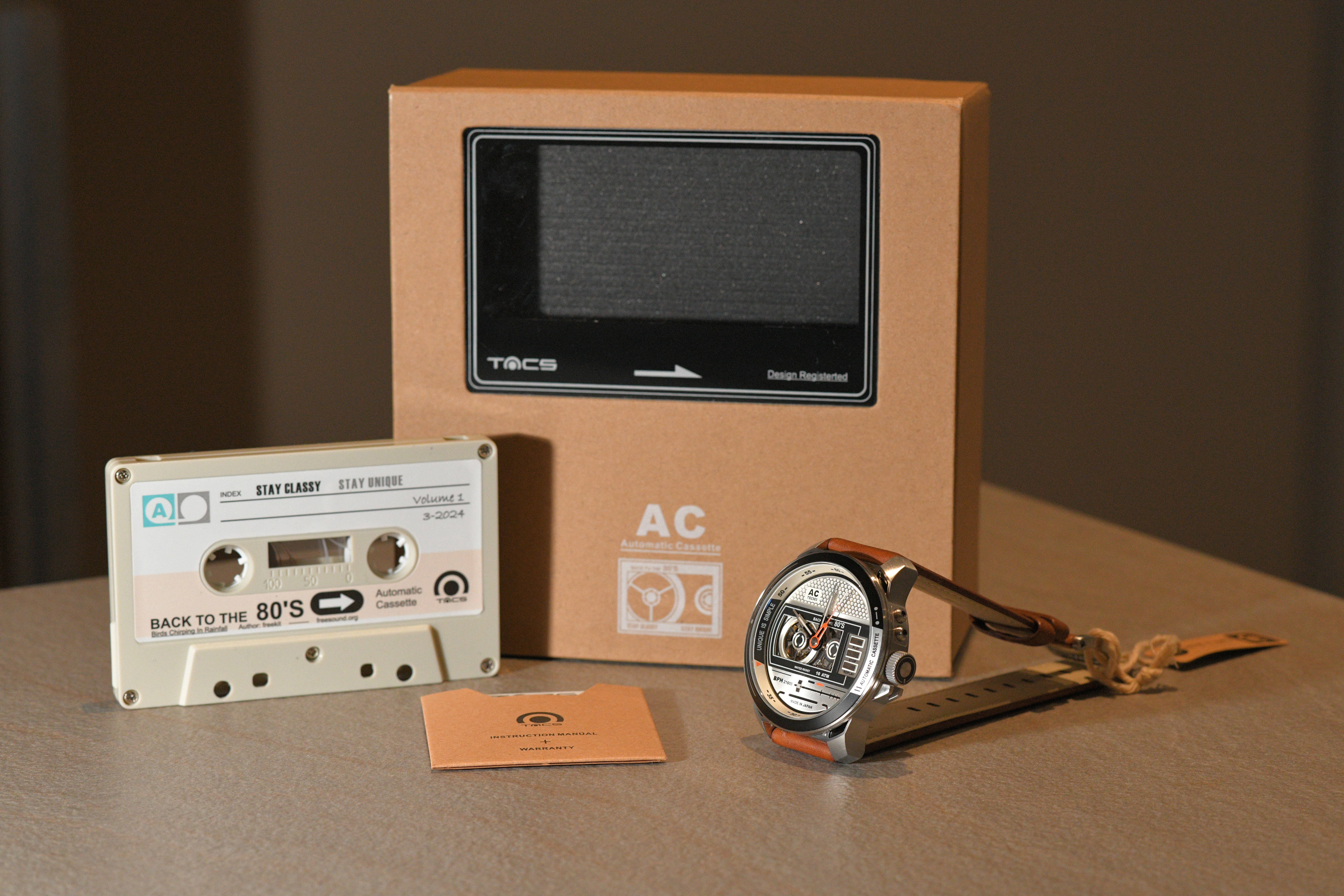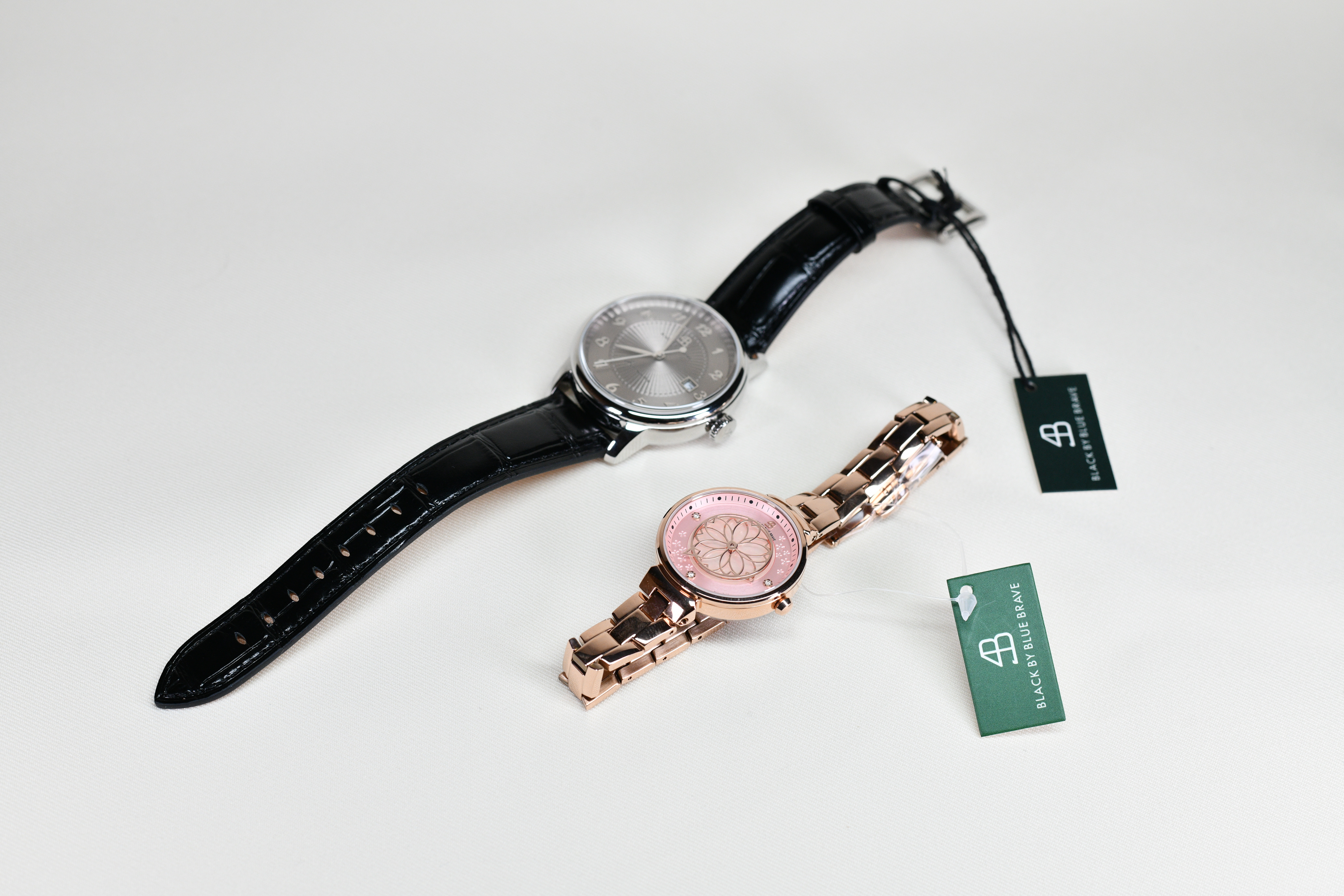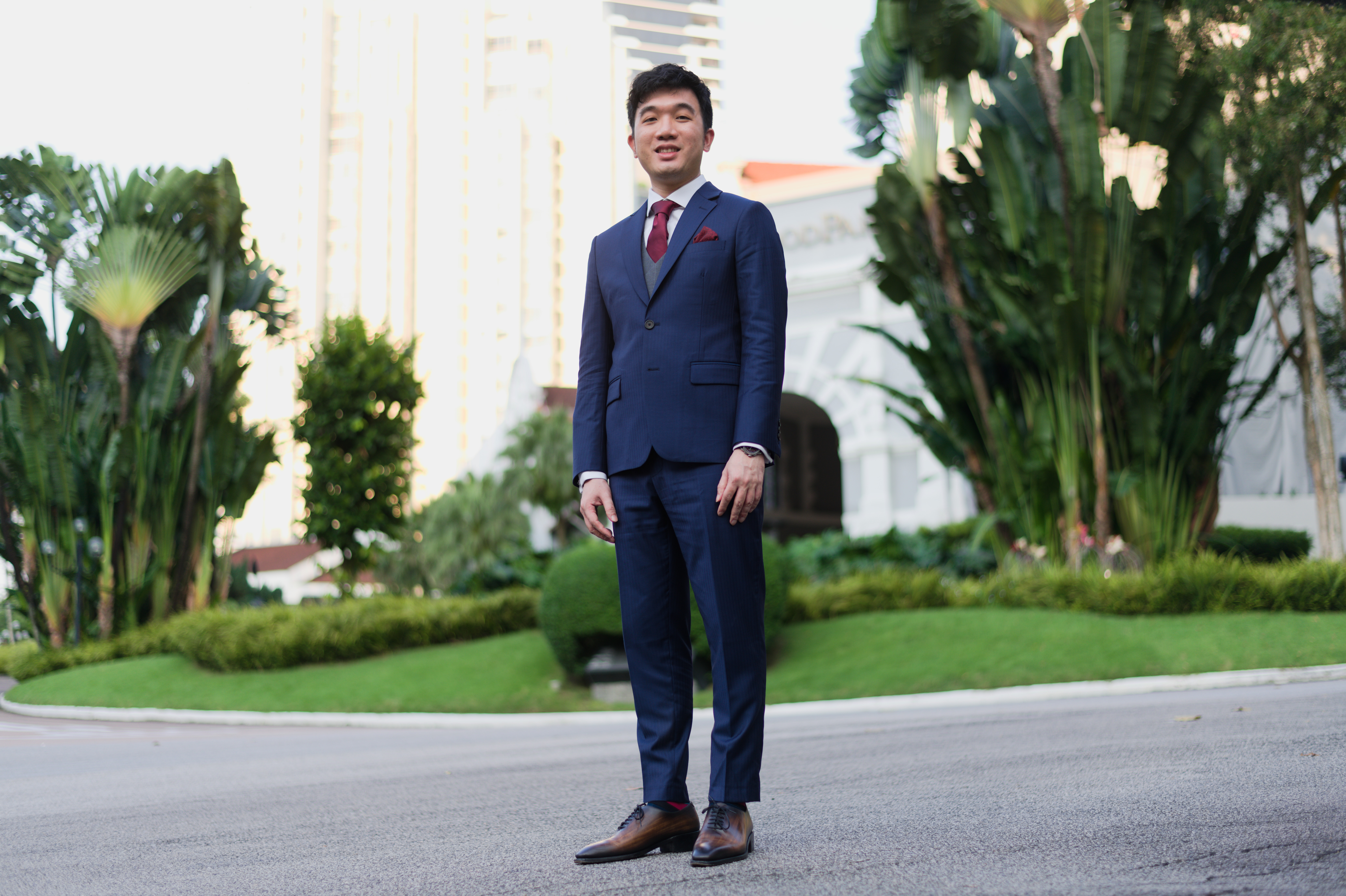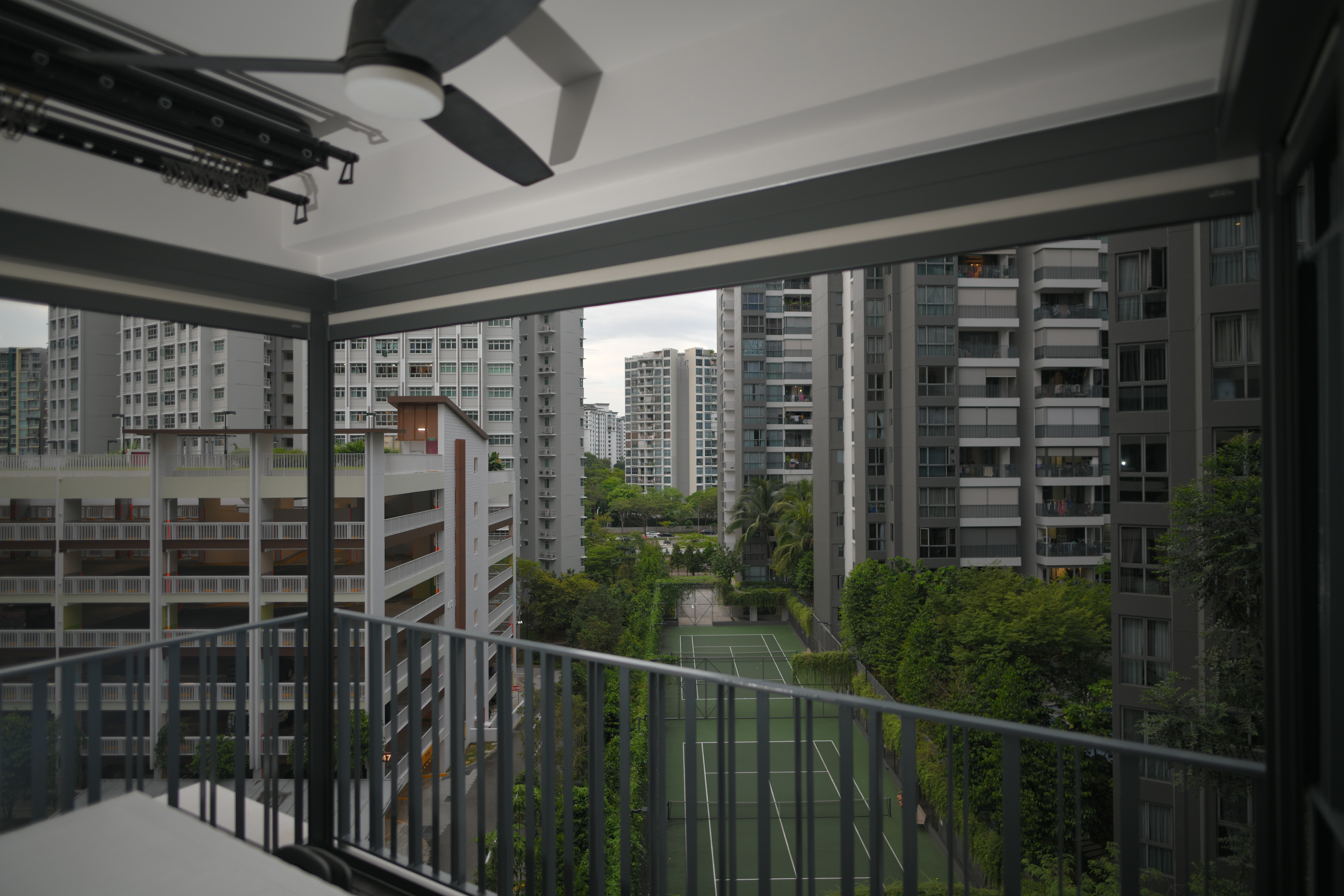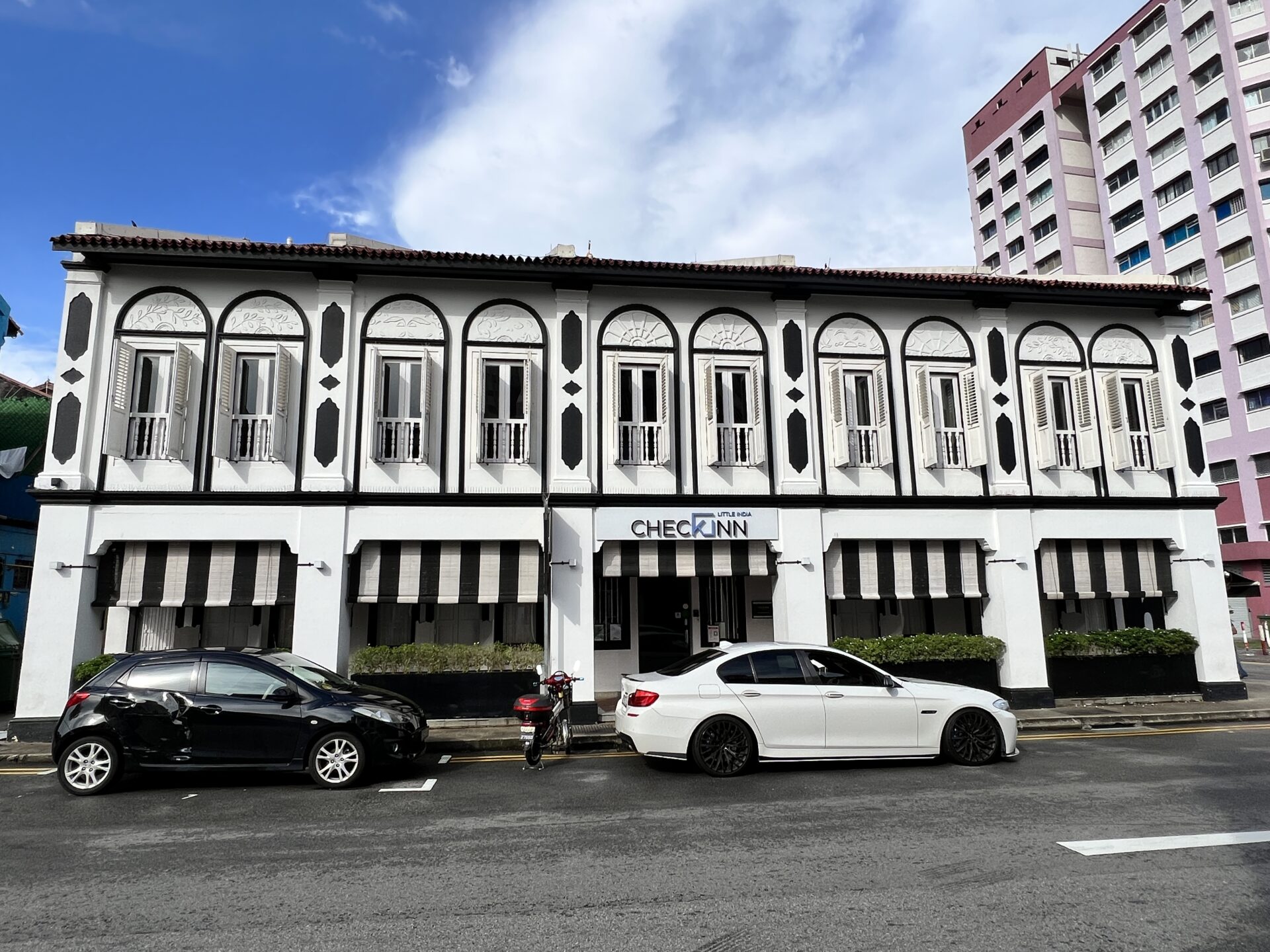Hello, everyone, and welcome to another of my articles. In this article, I’ll share 20 considerations I had before purchasing my property.

As many property buyers know, house hunting is a laborious process. It took me three months to find a one-bedroom resale unit that I was interested in. As such, I thought it might be a good idea to share my property considerations with my readers—specifically, 10 considerations for the condominium project and 10 considerations for the unit itself. Let’s get into it.
Condo Requirements:
I’ll first share my requirements for the project itself.
1) Less than 10 years old
Having a project that’s less than 10 years old is important for several reasons. First, a younger project tends to be better maintained. Second, it also broadens your resale options when you opt to sell the unit down the line, as future buyers are likely to prefer a younger project as well. Third, older projects also tend to have higher maintenance fees.
2) Mid-sized development
I was also specifically looking for a mid-sized development with 500 to 1000 units. Smaller projects tend to have limited facilities and high maintenance fees. On the flip side, mega developments (such as Treasures @ Tampines) feel overcrowded, with the facilities often perpetually booked out. As such, 500-1000 units seemed like the sweet spot to me.
3) Full condo facilities
Some smaller condominiums—especially boutique projects—tend to have very limited facilities, which (to me) defeats the purpose of staying in a condominium. Thus, I specifically looked for a project with full condominium facilities, such as three swimming pools, a big gym, and two tennis courts.

4) Maintenance fees below $250
On a related note, I wanted a project with relatively affordable maintenance fees, less than $250 monthly. The monthly mortgage is expensive enough – costly maintenance fees only add to the financial burden.
5) Relatively central location
For affordability, I was mostly looking at OCR (outside central region) projects. While this meant that most of the projects I visited were fairly ulu, I knew that location wasn’t something I wanted to compromise on. Therefore, I kept searching for projects located next to the highway and only a 15-20 minute’ drive away from town.
6) Doorstep Bus Stop
Another key consideration is accessibility via public transport. I wanted a project that would be convenient for both myself and visitors, so having a bus stop right outside the project was important.

7) Walkable to amenities
I’m a very lazy person, so it’s paramount that essential amenities – such as supermarkets, pharmacies, fast food outlets, coffee shops, cafes, clinics, hair salons, laundromats, etc – are within a 5-minute walking distance. Convenience is key, especially when it comes to daily living.
8) Future Area Development
Furthermore, it’s wise to consider any potential future developments in the region, such as MRT lines, business hubs, new schools or malls, etc. These developments may bring up the price of your unit in the future.
9) Reputable Developer
It’s also important to choose a reputable developer, one who has worked on several projects before and has a track record of consistency. Thus, I avoided developers who have appeared in the news for the wrong reasons (e.g., Kingsford).

10) Recent Transactions
Lastly, it is crucial to check the recent transaction history for the project you’re interested in. Ideally, there should be at least 5 transactions (of the unit type you’re looking at) within the past 12 months, and the transacted prices should show a steady gain over the past few years.
Unit Requirements:
For context, I was looking for a one-bedroom unit (as a bachelor pad), so these requirements are tailored to those needs.
1) At least 500 square feet
New one-bedroom units are sized like a coffin—most are around 400 square feet. I knew I wanted a tad more liveable space, so I narrowed down my search to units that were at least 500 square feet in size.
2) Squarish layout
Aside from square feet, another important consideration is the layout. A squarish layout—with no long walkways—ensures maximum usable space, and this is especially paramount in smaller units such as one-bedroom apartments.
3) Window in toilet
An often overlooked feature is having a window in the toilet. Again, most modern apartments don’t have windows in the toilets; instead, they rely on extractors for ventilation. A window not only provides natural ventilation but also sunlight—there’s nothing better than taking a morning shower in a bathroom bathed (pun intended) in sunlight.

4) Middle Floor
The disadvantages of low floors are clear—pests, noise, lower demand, etc. However, I actually don’t like high floors either. I used to stay on the 15th floor, and waiting for the lift (and going down in it) was torturous, with the lift seemingly stopping at every other level. To me, the middle floor is Goldilocks’ choice.
5) Corner Unit
I also wanted a corner unit, specifically one with a walkway for my shoe cabinets (and a bench). A corner unit also provides more privacy, often coming with a private balcony, ensuring you have a little haven for yourself.
6) No Road Noise
This is simple—I didn’t want a unit facing the road, so I searched for units facing inward, where the balcony would be less prone to dust and noise.

7) No West Sun
A common consideration among homebuyers, I was also conscious of only shortlisting units that had no West or afternoon sun. Although West/afternoon sun can be mitigated through the installation of zip blinds, it’s still not ideal and often lowers a unit’s price. Singapore is hot enough – I wanted a unit that would be as cool as possible.
8) No aircon besides the bedroom
Again, most newer condominium units often place the air conditioning ledge next to the bedroom due to space constraints. Assuming you switch on the air conditioning when you sleep, the compressor unit can exude heat and noise, which may potentially affect your sleep. Even if your compressor is silent, the air conditioning ledge is often dirty and unattractive—do you really want to sleep beside one?
9) Vacant Possession, with no extension
Potential house hunters may encounter these terms in the property listings. Essentially, it is ideal to find an untenanted unit (unless you’re buying for investment) with the owners requiring no extension. This allows you to move in and start renovations as soon as possible and ensures that the unit will be in its best possible condition. Towards the end of their move-out dates, tenants and sellers may neglect the upkeep of the apartment, passing on any repairs to the new owner.

10) Well Renovated
Last but not least, I was looking for a unit that already had a pre-existing renovation and was in “move-in condition”. Renovation in Singapore is extremely expensive – even for a one-bedroom, renovation costs can run upwards of 50K. As such, finding a well-renovated unit can lead to substantial savings as you don’t need to do extensive renovations.
Conclusion
That rounds up this article on the 20 considerations I had before buying my first property. I must admit, it was tough finding a unit that ticked every box, and there were many times when I thought about settling for less. However, remember that this is meant to be your home for at least 3 years – I advise all house hunters out there to be patient and to know what they want. The right unit will come.
P.S: Check out The Shiok Store here – it serves as a curation of my favourite products from my favourite brands.
P.P.S: Do check out the new “Discounts!” page for exclusive discounts for Wah so Shiok readers! More brands will be added very soon – stay tuned!
P.P.P.S: If you haven’t already, do follow my social media channels on Facebook here, on Instagram here, and on Youtube here.
P.P.P.P.S Shiok is a common word Singaporeans use to express admiration or approval. As of 2016, you can find the definition of the word in the Oxford English Dictionary.


